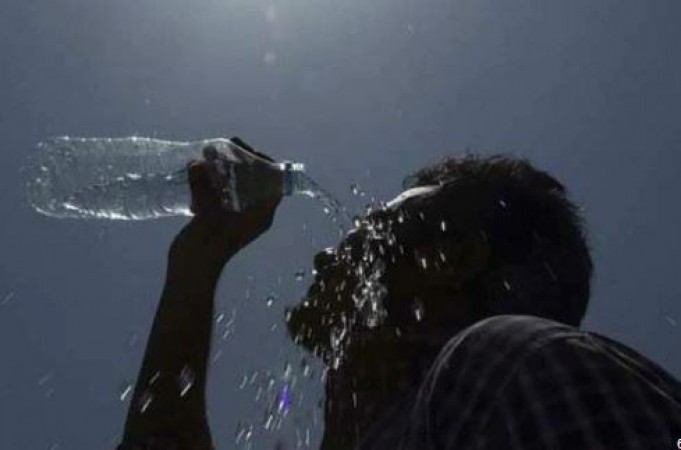
Heat waves are periods of abnormally hot weather, typically lasting for a prolonged duration and often accompanied by high humidity. These extreme weather events can have severe impacts on human health, infrastructure, agriculture, and the environment. Heat waves are becoming more frequent and intense due to climate change, posing significant challenges for communities worldwide.
Heat-Related Deaths on the Rise
Heat-Related Fatalities
The number of deaths attributed to heat waves has been steadily increasing in recent years. As temperatures soar to unprecedented levels, vulnerable populations, including the elderly, children, and individuals with pre-existing health conditions, are particularly at risk. Heat-related illnesses such as heat exhaustion, heatstroke, and dehydration can lead to fatalities if not promptly treated.
Global Impact
Heat waves have a global impact, affecting regions across the world. From densely populated urban areas to rural communities, no one is immune to the dangers posed by extreme heat. Developing countries often bear the brunt of heat-related deaths due to inadequate infrastructure, limited access to healthcare, and socioeconomic disparities.
Factors Contributing to Heat-Related Deaths
Temperature Extremes
Rising temperatures, exacerbated by climate change, create conditions conducive to heat-related illnesses. During heat waves, temperatures can reach levels that surpass the body's ability to regulate heat, leading to heat stress and potentially fatal consequences.
Lack of Preparedness
In many regions, the lack of preparedness for extreme heat events exacerbates the risk of fatalities. Insufficient access to cooling centers, limited public awareness about heat-related illnesses, and inadequate healthcare resources contribute to the vulnerability of populations during heat waves.
Urban Heat Island Effect
Urban areas are particularly susceptible to the urban heat island effect, where built-up environments absorb and retain heat, resulting in higher temperatures compared to surrounding rural areas. This phenomenon intensifies the impact of heat waves in cities, putting residents at greater risk of heat-related health issues.
Protecting Vulnerable Populations
Public Health Interventions
Efforts to mitigate the impact of heat waves on public health include implementing heat emergency plans, establishing cooling centers, and providing educational resources on heat safety. Public health agencies play a crucial role in raising awareness about the risks of extreme heat and promoting preventive measures to protect vulnerable populations.
Community Support
Community-based initiatives, such as heat wave preparedness campaigns and outreach programs, are essential for ensuring that residents have access to necessary resources and support during extreme heat events. Engaging community organizations, local governments, and healthcare providers is key to enhancing resilience and reducing heat-related fatalities. As heat waves become more frequent and severe, addressing the rising toll of heat-related deaths requires coordinated efforts at the local, national, and global levels. From implementing heat mitigation strategies to strengthening healthcare systems, proactive measures are essential for protecting vulnerable populations and building resilient communities in the face of climate change.
Mahindra Thar 5-Door will have features of XUV700, know when it will be launched